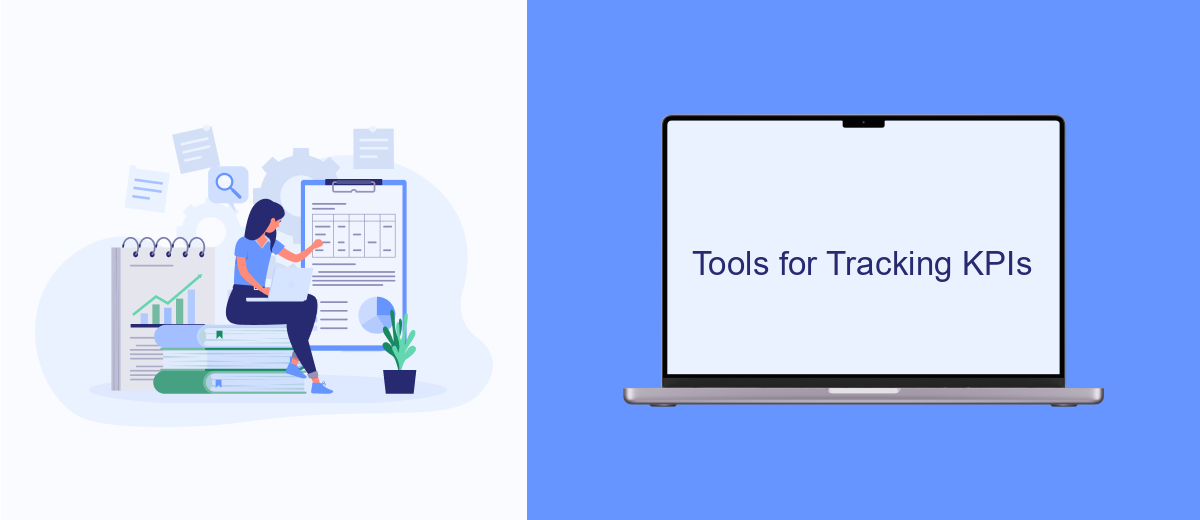Key Performance Indicators (KPIs) for lead generation are essential metrics that help businesses evaluate the effectiveness of their marketing strategies. By tracking these KPIs, companies can identify areas for improvement, optimize their lead generation efforts, and ultimately drive more qualified leads. This article delves into the most crucial KPIs for lead generation and how to leverage them for maximum impact.
What are KPIs for Lead Generation
Key Performance Indicators (KPIs) for lead generation are essential metrics that help businesses measure the effectiveness of their lead generation strategies. They provide insights into how well your marketing efforts are converting prospects into leads and ultimately into customers.
- Lead Volume: The total number of leads generated over a specific period.
- Conversion Rate: The percentage of leads that convert into paying customers.
- Cost per Lead (CPL): The total cost of generating a single lead.
- Lead Quality: The potential value of a lead based on specific criteria such as job title, industry, or company size.
- Time to Conversion: The average time it takes for a lead to convert into a customer.
Monitoring these KPIs helps businesses optimize their lead generation strategies. Tools like SaveMyLeads can automate the integration of various marketing platforms, ensuring seamless data flow and more accurate KPI tracking. This enables businesses to make data-driven decisions and improve their overall lead generation performance.
Common KPIs for Lead Generation

When it comes to lead generation, several key performance indicators (KPIs) are commonly used to measure success. These KPIs include the number of leads generated, conversion rate, cost per lead (CPL), and lead quality. The number of leads generated provides a basic measure of how well your lead generation efforts are working, while the conversion rate shows the percentage of leads that turn into paying customers. Cost per lead helps you understand the financial efficiency of your campaigns, and lead quality assesses the potential value of the leads you are attracting.
Additionally, tracking the sources of your leads can offer valuable insights. This includes identifying which channels are most effective, whether it's social media, email marketing, or paid ads. Integration tools like SaveMyLeads can simplify this process by automating data collection and providing real-time analytics, allowing you to focus on optimizing your strategies. By keeping an eye on these KPIs, businesses can fine-tune their lead generation efforts and achieve better overall performance.
How to Choose the Right KPIs

Choosing the right KPIs for lead generation is crucial for measuring the success and efficiency of your marketing efforts. The right KPIs will help you understand where to focus your resources and how to optimize your strategies for better results. Here are some steps to guide you in selecting the most appropriate KPIs for your lead generation efforts:
- Identify Your Goals: Clearly define what you want to achieve with your lead generation efforts. Are you looking to increase the number of leads, improve lead quality, or enhance conversion rates?
- Understand Your Audience: Analyze your target audience to determine which metrics are most relevant to them. This will help you choose KPIs that align with your audience's behavior and preferences.
- Consider the Sales Funnel: Different KPIs are relevant at different stages of the sales funnel. For example, top-of-the-funnel KPIs might include website traffic and social media engagement, while bottom-of-the-funnel KPIs could focus on lead conversion and sales revenue.
- Use Integration Tools: Utilize tools like SaveMyLeads to streamline data collection and integration. These tools can help you automate the tracking of KPIs and ensure that your data is accurate and up-to-date.
- Continuously Review and Adjust: Regularly review your KPIs to ensure they are still aligned with your goals. Be prepared to adjust them as your business objectives and market conditions change.
By following these steps, you can select KPIs that provide valuable insights into your lead generation efforts and help you make data-driven decisions. Remember, the right KPIs will not only measure your success but also guide you towards continuous improvement and growth.
Tools for Tracking KPIs

Tracking KPIs for lead generation is crucial for understanding the effectiveness of your marketing strategies and making data-driven decisions. To efficiently monitor these metrics, you need reliable tools that can collect, analyze, and report data in real-time.
Several tools are available to help you track KPIs, each offering unique features tailored to different business needs. These tools can integrate with your existing systems to provide seamless data flow and comprehensive insights.
- Google Analytics: Offers detailed reports on website traffic, user behavior, and conversion rates.
- HubSpot: Provides a robust CRM system with built-in analytics for tracking leads and customer interactions.
- SaveMyLeads: Facilitates easy integration of various lead sources into your CRM, ensuring no lead is missed.
- Salesforce: A powerful CRM platform with extensive KPI tracking and reporting capabilities.
By using these tools, you can ensure that your lead generation efforts are continuously monitored and optimized. Implementing a combination of these platforms will provide a holistic view of your KPIs, enabling you to make informed decisions and improve your marketing strategies.
Best Practices for Measuring KPIs
When measuring KPIs for lead generation, it's crucial to establish clear objectives and align them with your overall business goals. Begin by identifying the most relevant KPIs that directly impact your lead generation efforts, such as conversion rates, cost per lead, and lead quality. Ensure that these KPIs are specific, measurable, attainable, relevant, and time-bound (SMART). Regularly review and adjust your KPIs to reflect changes in market conditions and business priorities.
Utilize tools and integrations to streamline the tracking and analysis of your KPIs. Platforms like SaveMyLeads can be invaluable, as they automate the integration of various data sources, allowing for real-time monitoring and reporting. This ensures that you have accurate and up-to-date information to make informed decisions. Additionally, foster a culture of continuous improvement by regularly sharing KPI insights with your team and encouraging feedback. This collaborative approach helps in identifying areas for improvement and driving better lead generation outcomes.
FAQ
What are KPIs in lead generation?
Which KPIs are most important for lead generation?
How can I track KPIs for lead generation effectively?
Why is the cost per lead an important KPI?
How can automation tools help improve lead generation KPIs?
Would you like your employees to receive real-time data on new Facebook leads, and automatically send a welcome email or SMS to users who have responded to your social media ad? All this and more can be implemented using the SaveMyLeads system. Connect the necessary services to your Facebook advertising account and automate data transfer and routine work. Let your employees focus on what really matters, rather than wasting time manually transferring data or sending out template emails.
